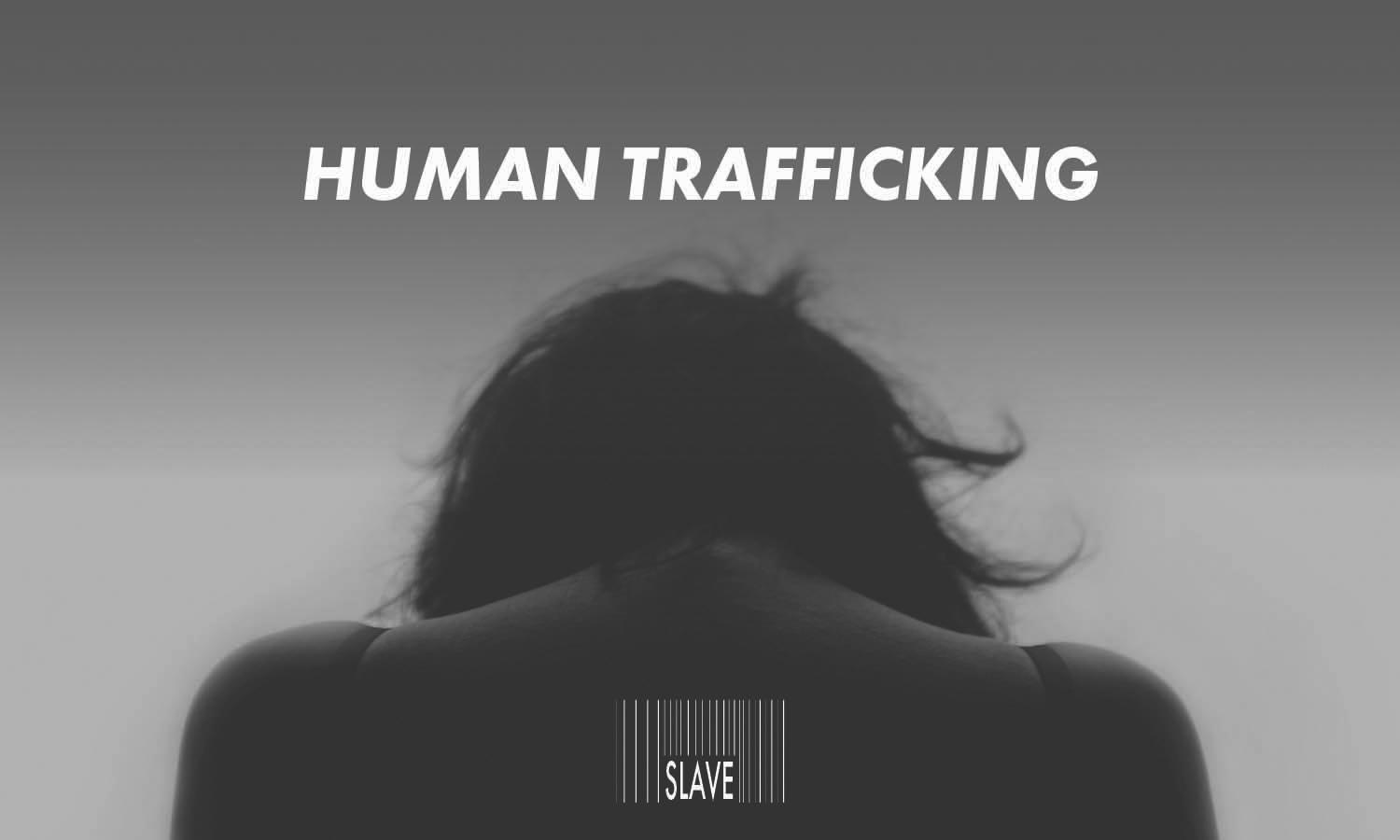
Human trafficking well-known in Texas
Editor’s note: This is the second in a two-part series on the existence and human toll of what amounts to modern day slavery. It contains some graphic descriptions, so readers be warned.
Texas has the second highest number of calls to the National Human Trafficking hotline.
Kirsta Leeburg Melton, deputy criminal chief on human trafficking and transnational/organized crime with the Texas Attorney General’s office, said that according to the National Center for Missing and Exploited Children, a significant number are runaway kids.
“Keep in mind kids run away from good homes just as much as they do from bad homes,” she said about human trafficking during a Rotary Club, District 5840 training symposium, in San Marcos. “This is not a crime that is impacting people who may have a rougher time in life. It’s impacting people who live in $400-$500,000 suburban homes in gated neighborhoods.”
Melton said the internet provides “rocket fuel” to the issue of human trafficking.
“It normalizes exploitation,” she said. “Advertisements that encourage young people to work at a strip club — earn your tuition. All you must do is take off your clothes and let people look at you, paw at you, and sexually exploit you. Most often those type of ads, especially in college newspapers, will appear other advertisements entitled, ‘seeking arrangements.’”
Melton said they are seeking a relationship with a much younger person, typically college or younger, where they offer to pay their bills or for trips and luxury items they can’t ordinarily afford – in exchange for sex.
Melton said to pay attention — look for the signs where human trafficking exists.
For signs of minor and adult sex trafficking look for visible injuries: bruising, swelling, redness. Or Inconsistent stories, descriptions in Sexual Assault Nurse Examiner (SANE) exams, sexually transmitted disease (STDs), failure to make eye contact, overtly sexual online profile, sexually provocative pictures on a phone or online accounts.
“Are they teased by other students for being sexually active or a prostitute?” she asked.
The signs for labor trafficking are every bit as visible, Melton said.
Look for: Unpaid, paid very little, or paid only through tips; works excessively long and/or unusual hours; not allowed breaks or suffers under unusual restrictions at work, owes a large debt and is unable to pay it off; high-security measures in the work and/ or living locations, e.g., opaque windows, boarded up windows, bars on windows, barbed wire, security cameras, etc.
Look for: malnutrition, dehydration, exhaustion, stunted growth; dizziness, headaches, memory loss from traumatic brain injury; untreated chronic infections; dental and/or visual problems; chronic back pain, muscle strains, cardiovascular and respiratory issues related to exposure to chemicals, serious industrial injury; or being fearful, anxious, depressed, submissive, tense, or nervous/paranoid.
Melton said statistics show that at any given time, in Texas, about 79,000 youth or minors fall victim to sex trafficking with another 234,000 in forced labor trafficking. (Not an annual victimization rate.)
“Trafficking cuts through race, gender, family relationship…traffickers don’t fit in a box,” Melton said. “It’s a crime of capitalism — where you have buyers you have sellers and you have buyers, right here in Hays County.”











